Review for Jet Storm
If ‘Jet Storm’ proves nothing else, it shows that it’s possible to create a low budget (almost closed room) drama about a plane, with only a couple of stock shots of the thing in the air. Credited as being a pre-cursor to the ‘disaster movie’, the only real disaster here is the complete lack of action. This is more like one of those extended Twilight Zone episodes where not much happens, but there’s plenty of soul searching talk.
So let’s be clear. This is not an action movie. What is is, however, is a wordy and emotional drama showing the full gamut of human emotion. It’s actually quite a deep exploration of the psychology of loss; maybe an unconscious attempt by the writers to soothe the pain felt by so many after WWII.
‘Jet Storm’ is one of Richard Attenborough’s many cheapies – films he acted in to help fun his own projects. He plays completely out of character here as Ernest Tilly, a father who is so eaten up by the loss of his daughter (killed by a drunken hit and run driver) that he believes he has to avenge the entire human race as a result.
Having discovered the name of the driver who apparently hit his daughter, he boards the same plane with his wife – a plane to New York thereby giving plenty of time for the on-board drama to unfold. He is concealing on his person a detonator and a bomb which he has concealed in the plane, a surprisingly simple exercise in the years before heightened airport security.
Stanley Baker plays the ultra-cool pilot who has to contend with the crisis whilst the various passengers (which include a great array of actors including then teen-throb, Marty Wilde along with Patrick Allen, Hermione Baddeley, David Kossoff, Harry Secombe and a host of others) react to the news that there may be a bomb on board in different ways. Some panic whilst others greet it with resigned black humour, whilst others take a more pragmatic approach to the problem.
Indeed, some of the men try to over-power Ernest in a scene somewhat prescient given the terrible events of 9/11.
Attenborough lays on the inner torment thickly in a performance which is admirable, if a bit bizarre. He seems beyond reason and an ugly end seems inevitable with no strategy seeming to impact his dark resolve. Until someone comes up with a plan to get through the madness to the last vestiges of humanity. I won’t spoil the ending but it’s moving enough to give the film a decent narrative resolve.
What is curious is that flight in 1959 was reserved for either the privileged or the important so amazing artistic licence has been taken. There is no audible flight noise throughout the film and the guests could be seated in a comfortable London club. Everyone is smartly dressed as if for quite an occasion.
The tension never rises to where you would hope it to be and for me the film lacked pace – being far too wordy and with very little music to add to the growing tensions. As a result it plays out more like a soap than an action film. Having said that, there is a sequence where a window gets smashed with dire consequences (an individual is sucked through the gap) but after some natty manoeuvres by the pilots to drop their height, as well as the window being blocked, it’s back to business as usual before long.
There is some humorous respite from the misery courtesy of Secombe and these work extremely well, bringing some light to the darkness and breaking up what would otherwise be a bit heavy-going.
The film has been treated to a 2K restoration (thanks to the BFI) and looks great as a result. The disc has no special features.
All in all, an historic curio certainly but neither British cinema’s or Richard Attenborough’s finest hour.
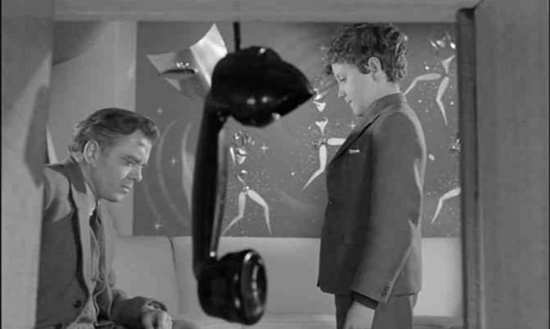
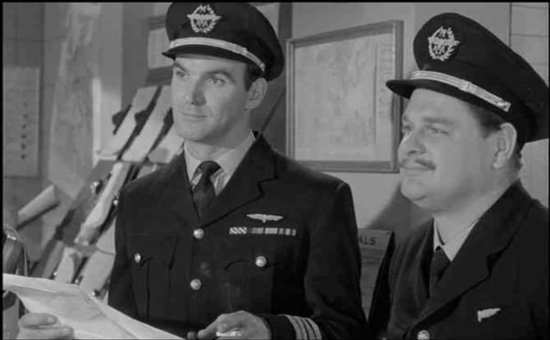
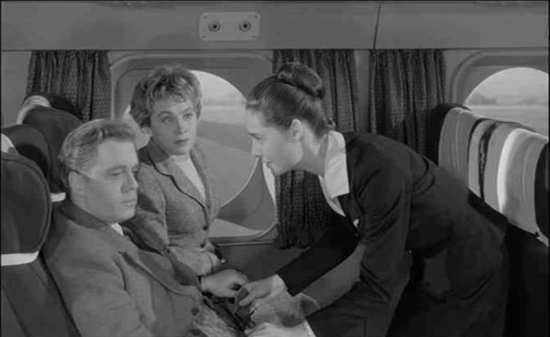
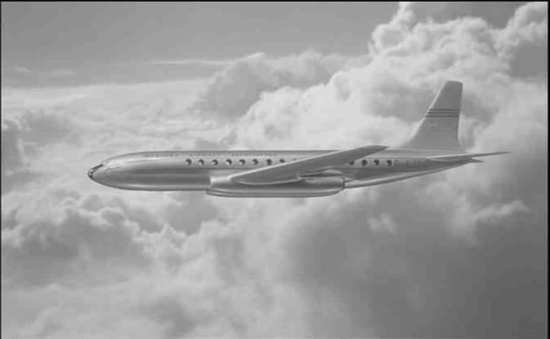
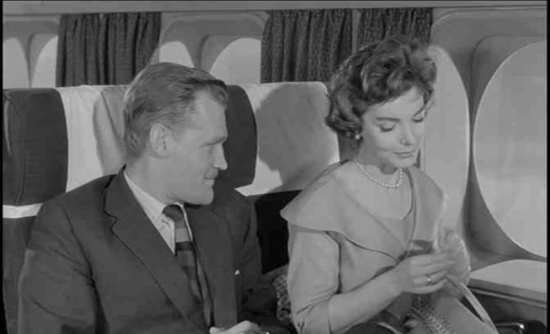
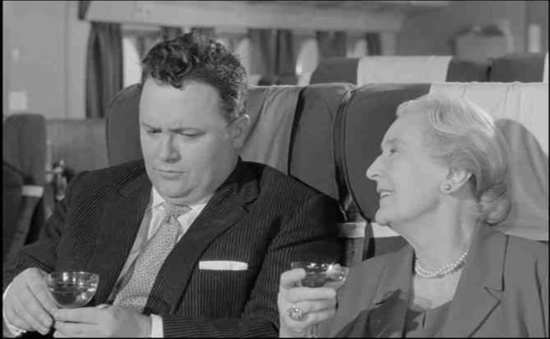
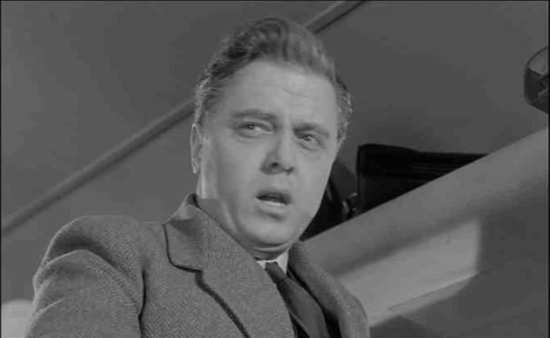
Your Opinions and Comments
Be the first to post a comment!